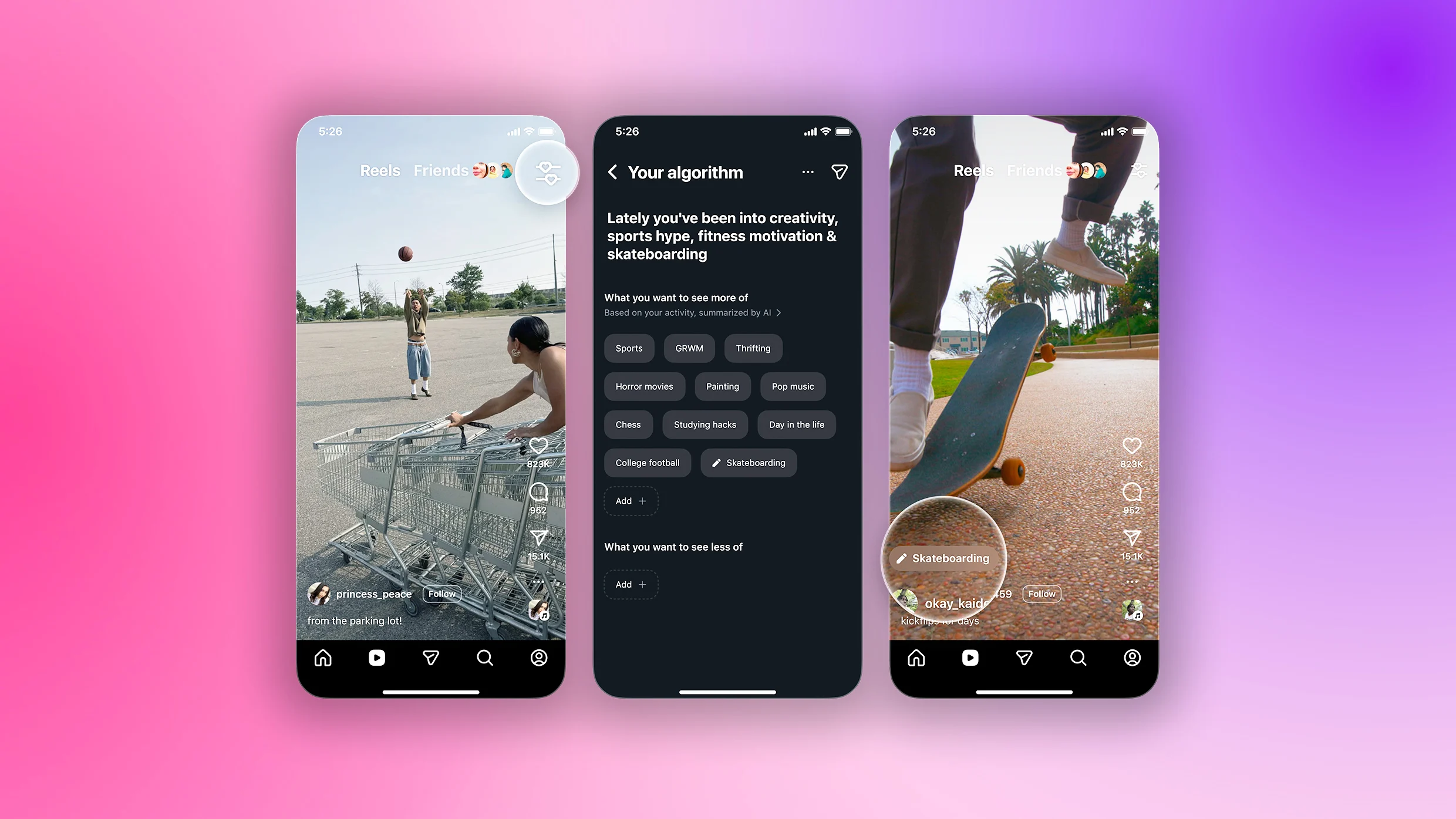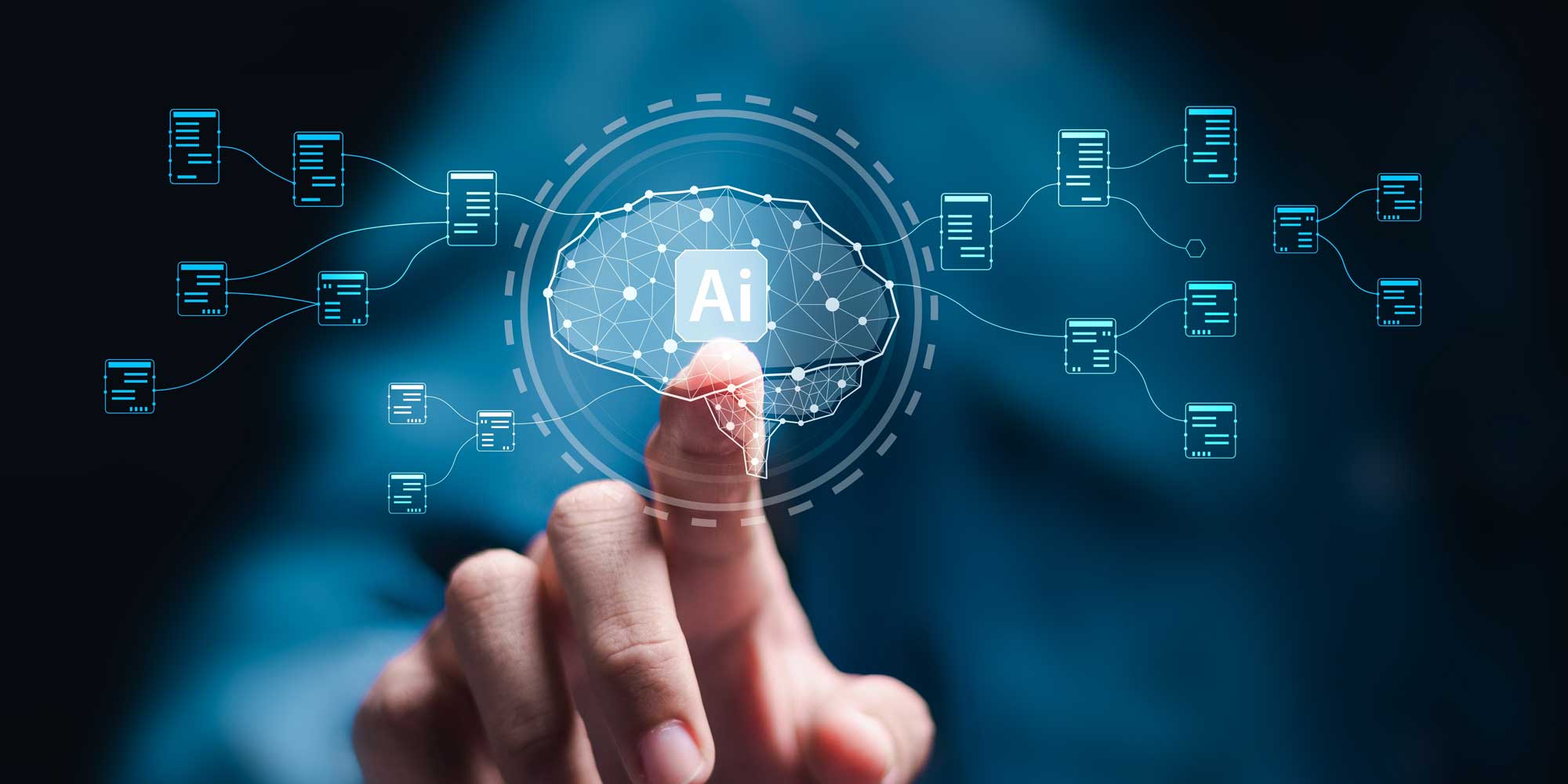fromeLearning Industry
1 week agoeBook Launch: The Six Biggest Challenges Keeping L&D Professionals Up At Night
In addition to offering best practices and insights to help you tackle common challenges, this eBook also features examples of how organizations used the right solution to achieve their outcomes. You'll find out how a global food and beverage company boosted compliance and delivered content in multiple languages by replacing their face-to-face training programs, and how a digital consultancy firm leveraged AI features to provide more personalized experiences for their team.
Online learning

















